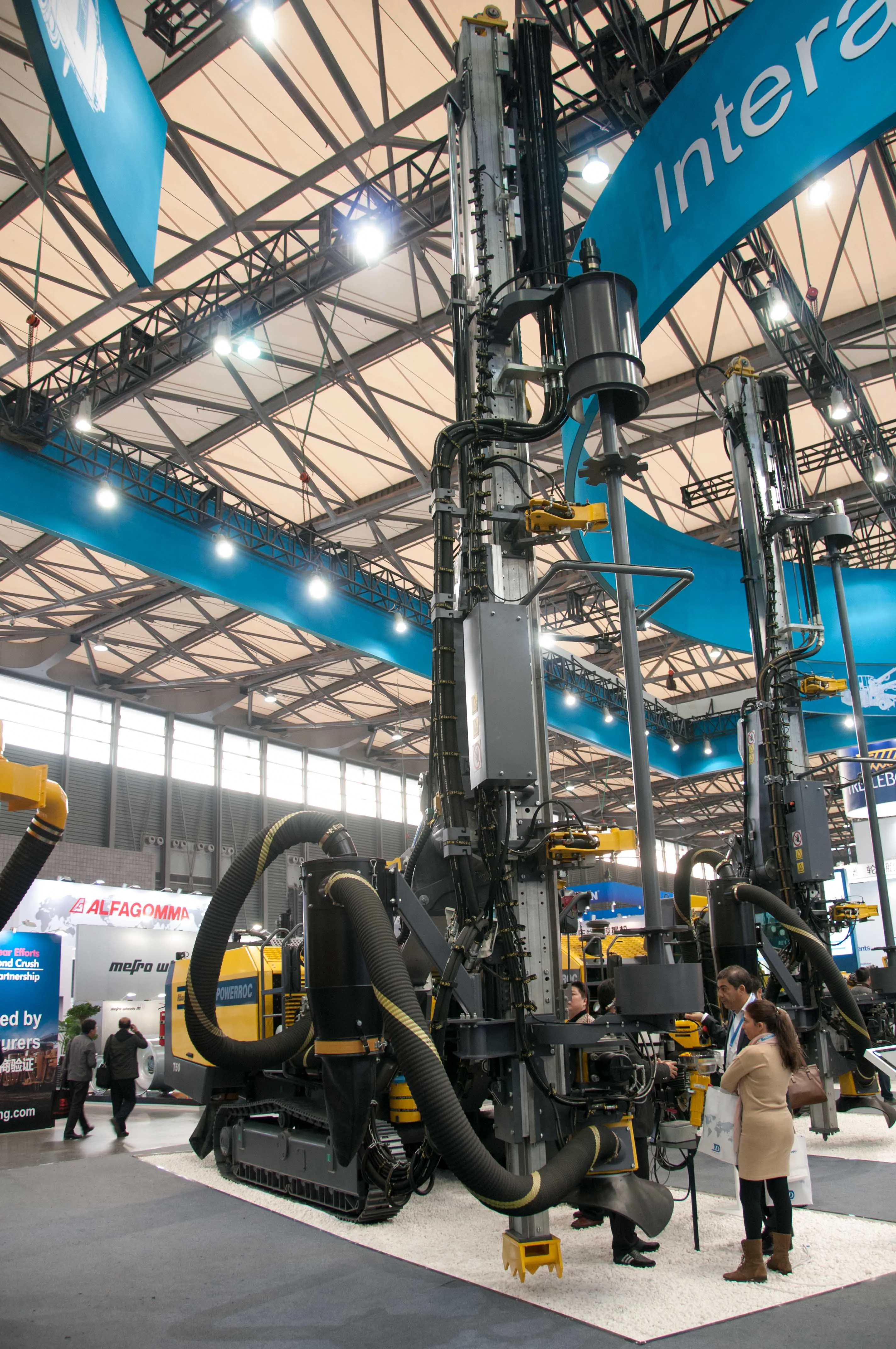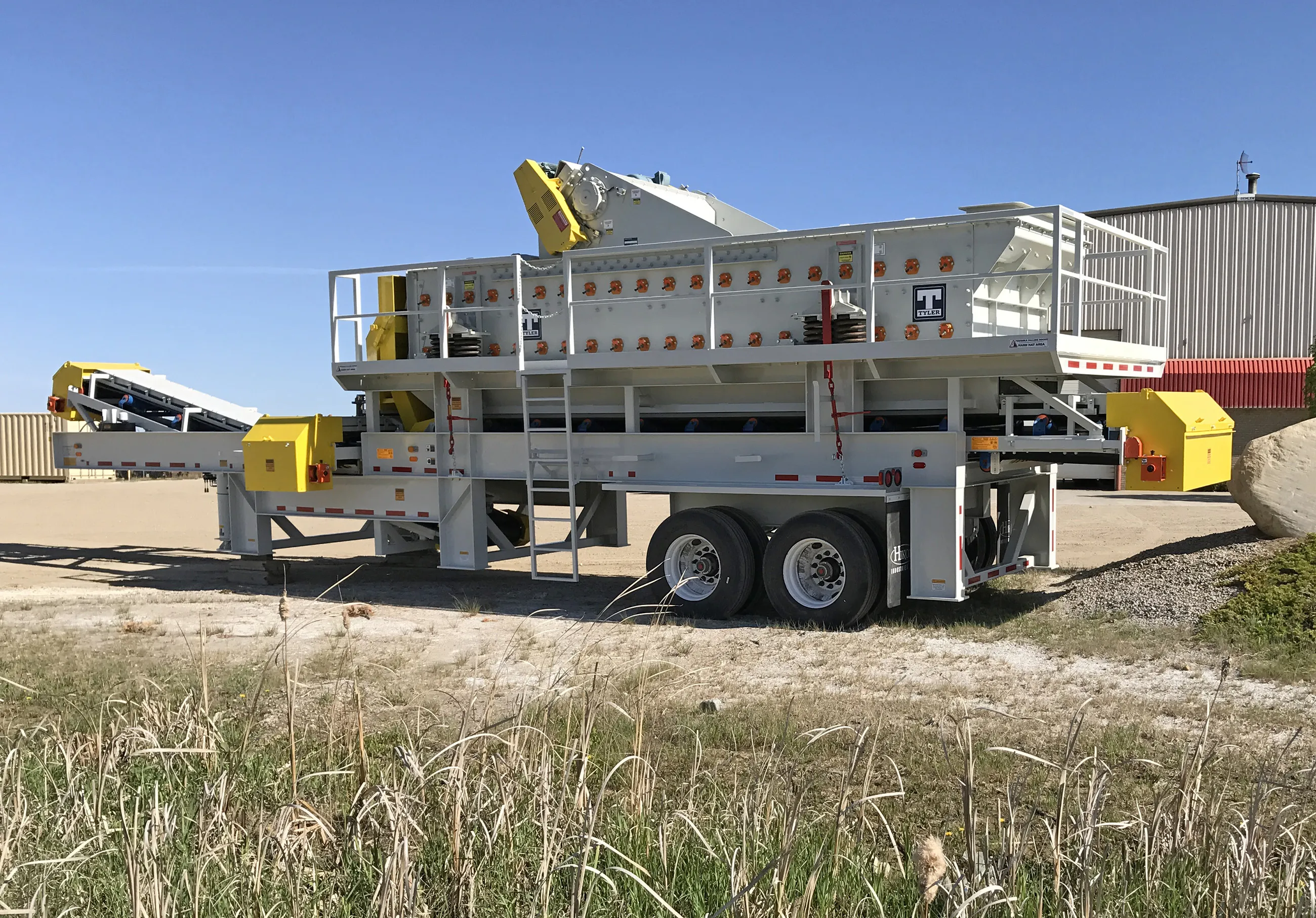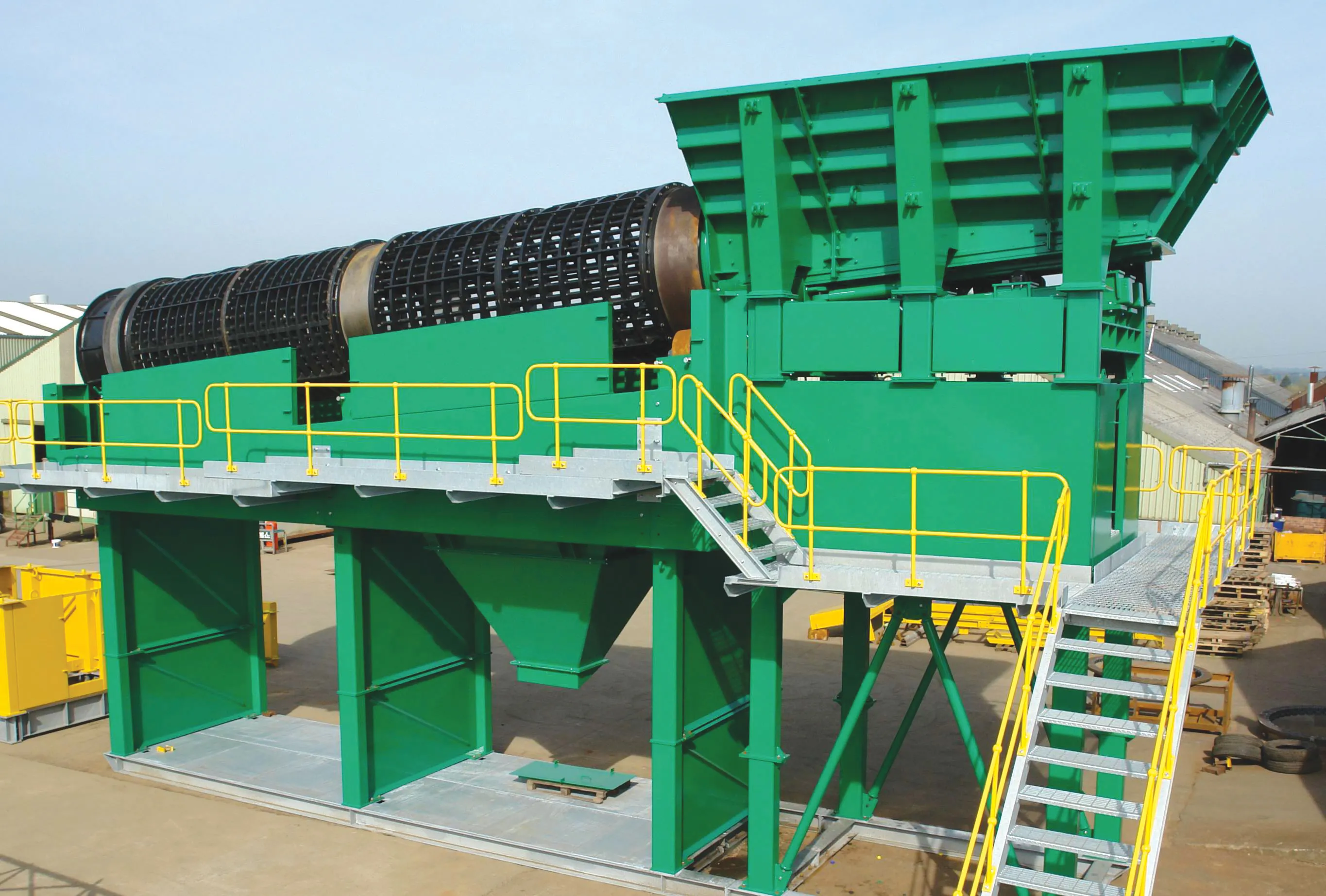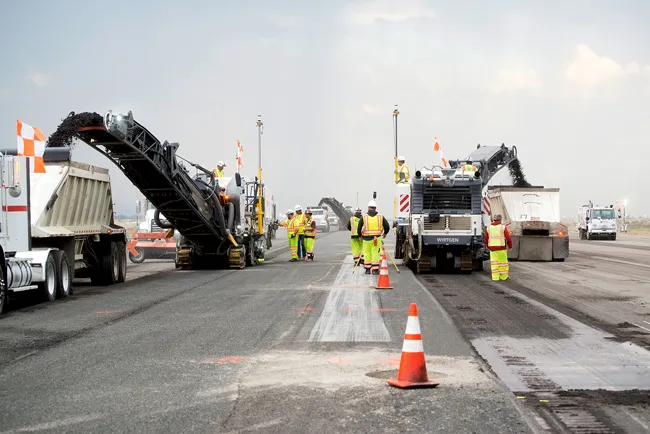For fast underground construction of slot holes with small diameters within highway tunnels, Herrenknecht is highlighting its Boxhole Boring Machine.
The BBM is for slot holes, or boreholes, such as ventilation shafts, either inclined or vertical, with diameters of up to 1.5m and lengths of up to 60m. The machines are designed for stable rock with compressive strengths of 180 Megapascal or more.
Herrenknecht, based in Schwanau, southwest Germany, uses pipe jacking technology for its BBM. A drilling un
February 10, 2016
Read time: 2 mins

For fast underground construction of slot holes with small diameters within highway tunnels, 2592 Herrenknecht is highlighting its Boxhole Boring Machine.
The BBM is for slot holes, or boreholes, such as ventilation shafts, either inclined or vertical, with diameters of up to 1.5m and lengths of up to 60m. The machines are designed for stable rock with compressive strengths of 180 Megapascal or more.
Herrenknecht, based in Schwanau, southwest Germany, uses pipe jacking technology for its BBM. A drilling unit at the head of the pipe string is pressed forward from the launch point. Further jacking pipes are installed one after the other in the pipe string and pushed forward, thus lengthening the jacking route.
A cutterhead excavates the rock at the tunnel face, which then falls through the centre of the rig due to the force of gravity. Removed material exits through a muck chute running inside down the length of the jacking pipes. After each jacking stroke, the drilling process is stopped briefly to secure the pipe string and the drilling unit. Then the next jacking pipe can be installed at the bottom of the pip string in the jacking frame.
When the desired drilling length is reached, the drilling unit is retracted and jacking pipes are removed one by one until the complete pipe string is dismantled. The drilling unit is retracted back into the jacking frame and a crawler unit can easily move the unit to the next job.
All videos
The BBM is for slot holes, or boreholes, such as ventilation shafts, either inclined or vertical, with diameters of up to 1.5m and lengths of up to 60m. The machines are designed for stable rock with compressive strengths of 180 Megapascal or more.
Herrenknecht, based in Schwanau, southwest Germany, uses pipe jacking technology for its BBM. A drilling unit at the head of the pipe string is pressed forward from the launch point. Further jacking pipes are installed one after the other in the pipe string and pushed forward, thus lengthening the jacking route.
A cutterhead excavates the rock at the tunnel face, which then falls through the centre of the rig due to the force of gravity. Removed material exits through a muck chute running inside down the length of the jacking pipes. After each jacking stroke, the drilling process is stopped briefly to secure the pipe string and the drilling unit. Then the next jacking pipe can be installed at the bottom of the pip string in the jacking frame.
When the desired drilling length is reached, the drilling unit is retracted and jacking pipes are removed one by one until the complete pipe string is dismantled. The drilling unit is retracted back into the jacking frame and a crawler unit can easily move the unit to the next job.
All videos









